How often and how to water my persimmon?
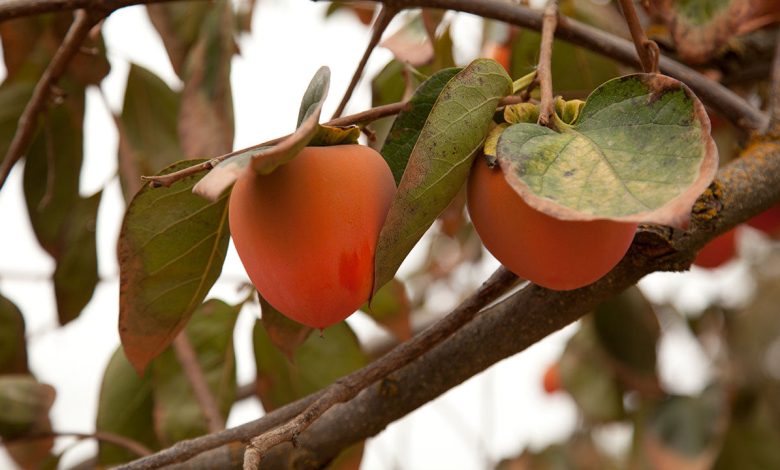
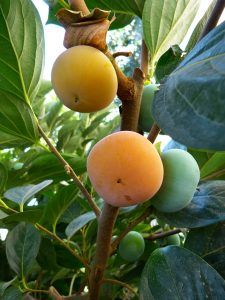 The persimmon or Diospyros kaki is a deciduous fruit tree, which gives life to a good number of fruits that attract enormous attention.
The persimmon or Diospyros kaki is a deciduous fruit tree, which gives life to a good number of fruits that attract enormous attention.
In general, its production is carried out in temperate climates, with Japan, China and the United States being the countries with the greatest capacity for its export.
Thanks to the fact that it is deciduous, the kaki enters a vegetative rest during frosts, so it usually withstands them well, as long as it does not have production.
On the other hand, persimmon irrigation must be continued throughout the year, although without exaggerating one extreme or the other. Therefore, taking into account the importance of irrigation, today we will explain everything you need to know about how to do it correctly.
Important points when watering a persimmon:
- Irrigation frequency: constant and controlled flow during the rains.
- Irrigation method: automated drip.
- Optimum time of day for irrigation: small doses during certain periods of time.
- Identify excess water: puddles, radical putrefaction.
- Identify lack of water: low fruit production, brittle branches.
What irrigation needs does persimmon have?
Being a tree of temperate climates, the persimmon does not require a large amount of water during irrigation, but small doses that maintain humidity. It is essential for the development and correct production of the fruits, since otherwise they could not be of quality.
On the other hand, it is essential that it has a soil with good drainage, preventing water from stagnating and causing damage to the tree.Keep in mind that this particular species can be sown in fresh drying, requiring less irrigation.
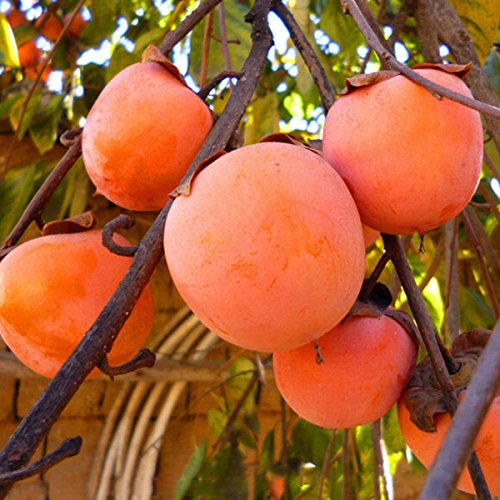
In this case, instead of continuous moisture, the substrate can be allowed to dry completely before watering again. This method usually gives good results, although much poorer production due to lack of water.
It is also important to mention that in places or seasons where it rains a lot, irrigation will be much less and may even not be necessary. It is best to pay attention to your tree and determine if it is necessary to increase the humidity or if it will be properly maintained that way.
How can we detect lack of irrigation in persimmon?
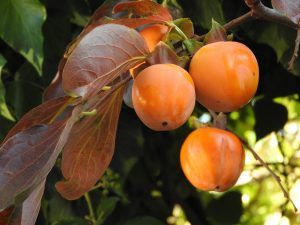 As we have indicated previously, this tree can be planted and cared for in a cool dry, so that irrigation can be reduced.
As we have indicated previously, this tree can be planted and cared for in a cool dry, so that irrigation can be reduced.
In general, this method has worked well, as long as it is not too hot for the plant to lose all its moisture quickly.
Therefore, it is recommended that during intense heat you pay attention to their needs and problems can be avoided. In crops that are not freshly dried, persimmon can have brittle branches due to lack of water, as well as produce less fruit.
How often should we water the persimmon?
The ideal is a continuous irrigation, that is, that it is maintained over time in a constant and uniform way. This allows the tree ‘s moisture needs to be met and guarantees its development and production at optimal levels.
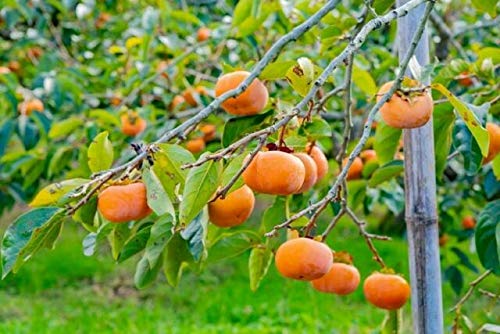
However, in the case of fresh drying, irrigation will be carried out every certain period of time, as needed to support rainfall. It is best to give support waterings every 3 weeks during the summer to prevent the heat from damaging the plant too much.
What is the best way to water persimmon?
Automatic drip irrigation is the method that works best for you, as it maintains a cycle that promotes adequate moisture. Drip is a technique that guarantees that there will be no flooding or excess water in any crop, so you should not worry.
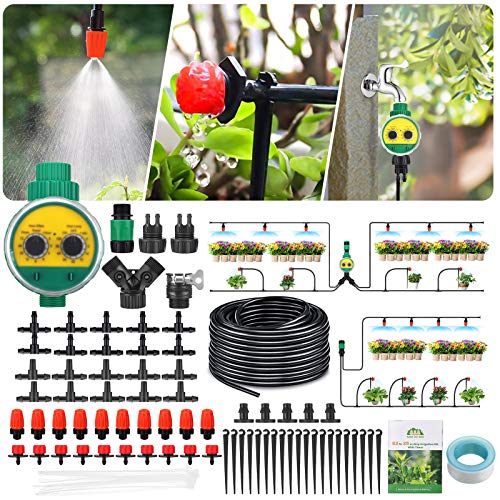
If you do not have this automatic system, you will have to make light but constant irrigations from time to time to avoid the drying of the land.The most important thing is not to add excess water and always maintain consistency and attention to the plant so that problems do not arise.
How do we detect excess water in persimmon?
The persimmon is a tree that is very sensitive to excess water, because it does not have the capacity to process it in high quantities. For this reason, excess water can cause the tree to rot, which can become radical if a long time passes.
In this sense, we can tell you that it is more advisable to leave the tree without water than to put too much on it. Consider that, in the event that it does not reach putrefaction, the fruits may be tasteless, with less flavor or too weak.
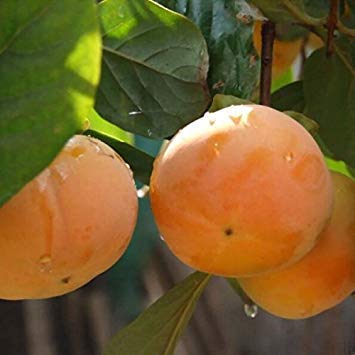
This will cause them to lose quality, and may damage the entire harvest from the same tree. Likewise, excess water can affect the plant even during the summer, although you may think that the water will evaporate much faster.
This is because the water remains in the interior soil, even when the surface feels dry, causing problems for the plant from within. All in all, the persimmon tree is very noble at planting level, so the problems associated with its cultivation are usually minimal.
If you take care of the persimmon irrigation as it should be, you will not have any problem, neither related to its life nor to its production.
Bibliographic references
- Obtaining an efficient irrigation guideline for persimmon (Diopyros kaki) cultivation using indicators of the soil-plant-atmosphere continuum, L Bonet, I Buesa, P Ferrer, DS Intrigliolo – 2012 – redivia.gva.es
- Quantification of persimmon response to irrigation and fertilization for the establishment of efficient and sustainable management guidelines, DS Intrigliolo, JM De-Paz, L Bonet, C Ballester – Phytoma España, 2017 – 34.240.160.189
- Drought resistance mechanisms in Diospyros Kaki plants, I Griñán Mora – 2017 – 193.147.134.18
- Comparison between two types of soil moisture sensors for irrigation programming. Application in a crop of Rojo Brillante persimmon in the region of …, AM Fernández – 2018 – riunet.upv.es
- Persimmon cultivation (Diospyros kaki L.), MC Quispe – AGRO-VET Student Magazine, 2017 – ojs.agro.umsa.bo
Maybe you are also interested in:

![Photo of Prune a Carob Tree: [Importance, Time, Considerations and Steps]](https://www.complete-gardening.com/wp-content/uploads/2022/08/prune-a-carob-tree-importance-time-considerations-and-steps-390x220.jpg)

![Photo of Geranium Pests and Diseases: [Detection, Causes and Solutions]](https://www.complete-gardening.com/wp-content/uploads/2021/06/Plagas-y-enfermedades-de-los-geranios-390x220.jpg)
